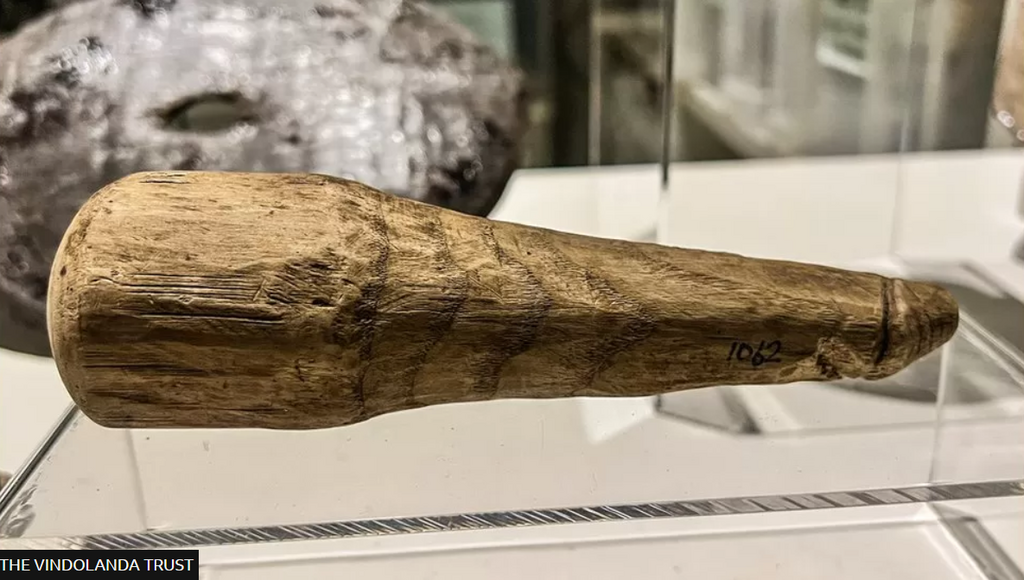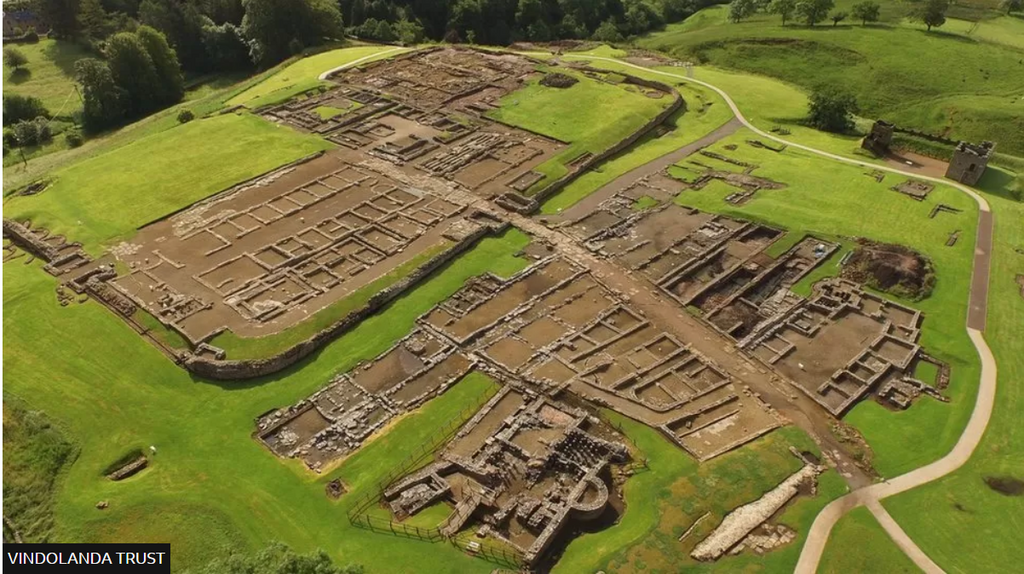What was it used for? - Big wooden ‘sex toy’ found in Roman fort confuses experts
)
According to the BBC, the wooden object, measuring about 6.2 inches (16cm), which was initially thought to be a sewing tool may have been a 2nd Century sex toy.
The news outlet reports experts as saying that they suspected initially that the object, which was found in a ditch at Vindolanda, may be the earliest example of a wooden phallus found anywhere in the ex-Roman empire.

In attempts to figure out what exactly the penis-themed wooden object could have been used for, the experts again suspected that it could have either been a good luck symbol or a tool to grind ingredients or a darning tool.
The controversial object was found with dozens of shoes, accessories, leather off-cuts and other small tools at the site, near Hexham in Northumberland, reports say.

Now there is a new turn of events as experts from Newcastle University and University College Dublin say it might have been used for some sexual activities.
According to the experts, both ends of the wooden object were noticeably smoother, which suggests that it might have been used over time for some sexual purposes.
“We know that the ancient Romans and Greeks used sexual implements - this object from Vindolanda could be an example of one,” Dr Rob Collins, a senior lecturer in archaeology at Newcastle University said, as quoted by the BBC.
Well, in the midst of the confusion, archaeologists are reported to have suspected that the object in question might have been used as a pestle to grind ingredients for cosmetics or medicines.
As to why it is penis-shaped, the BBC reports says it could have been thought to add perceived magical properties to the materials it was used to grind.
Meanwhile, in an article written in the journal Antiquity, it is also suspected that the object which is now on display at Vindolanda Trust could have been slotted into a statue and then rubbed for good luck.
“The wooden phallus may well be currently unique in its survival from this time, but it is unlikely to have been the only one of its kind used at the site, along the frontier, or indeed in Roman Britain,” Barbara Birley, curator at the Vindolanda Trust is quoted as saying.
Basically, as it stands now, it remains a mystery what exactly the big and long wooden penis-themed object was used for by the ancient Romans.
)
)
)
)
)
)